There is very little for the gardener to do in the garden in January, save reflect on the year gone by and look forward to the gardening season ahead. Spend time with a notebook and pen, jotting down the elements of your garden that work well, and areas to improve upon. It's also a good time in the year to make a list of plants you want to grow so you can begin to order seeds now to plant in early spring. There are lots of simple ways to transform a garden and to help you achieve the full potential of your garden in the season ahead we asked designer and gardening presenter James Alexander-Sinclair to give us ideas on giving your garden a New Year brush up. He also got some thoughts from well-known gardening friends.
20 ways to transform a garden
1
Trounce the slugs
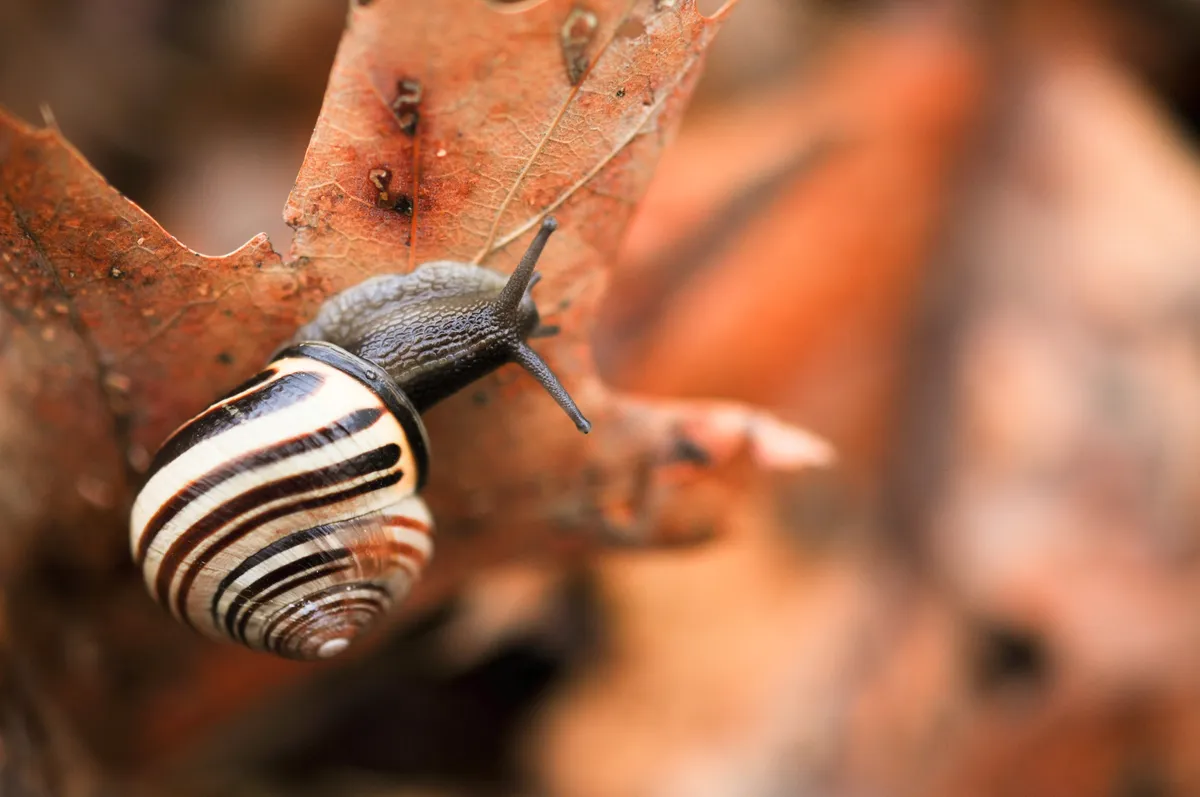
In a popularity contest for garden pests then slugs and snails would surely be at the bottom. The best way to get rid of them is to have children. These can be sent out at dusk with torches and buckets to collect as many as possible (small fingers are best at gathering the more elusive slugs). Our record here with two working children and one adult is 600 in an evening. The chickens ate well that day. The toads, hedgehogs and thrushes keep an eye on the rest.
2
Irrigation

I know that the idea of the British summer being drippy holds firm in all our minds but there will be moments when we have mini-droughts and things will need watering. Our knee-jerk reaction is to rush around with buckets and hose pipes; this often results in wasted water. Why not consider an irrigation system that delivers the right amount of water exactly where it is needed? Leaky pipes work well under a decent mulch. This is particularly important if you have planted a new hedge.
3
Sitting

Who said that we could only sit in our gardens in summer? Who said that terraces and benches were only for balmy June evenings? Who said that we can only eat outside while wearing shorts? Nobody did… There is no earthly reason (especially since the invention of the woolly hat and the thermal long john) why we should not take advantage of a crisp, sunny day to have a barbecue in March. No reason why we cannot light a fire and huddle round drinking soup and looking at the winter stars. So stop being so wussy and use your garden more.
4
Grow topiary
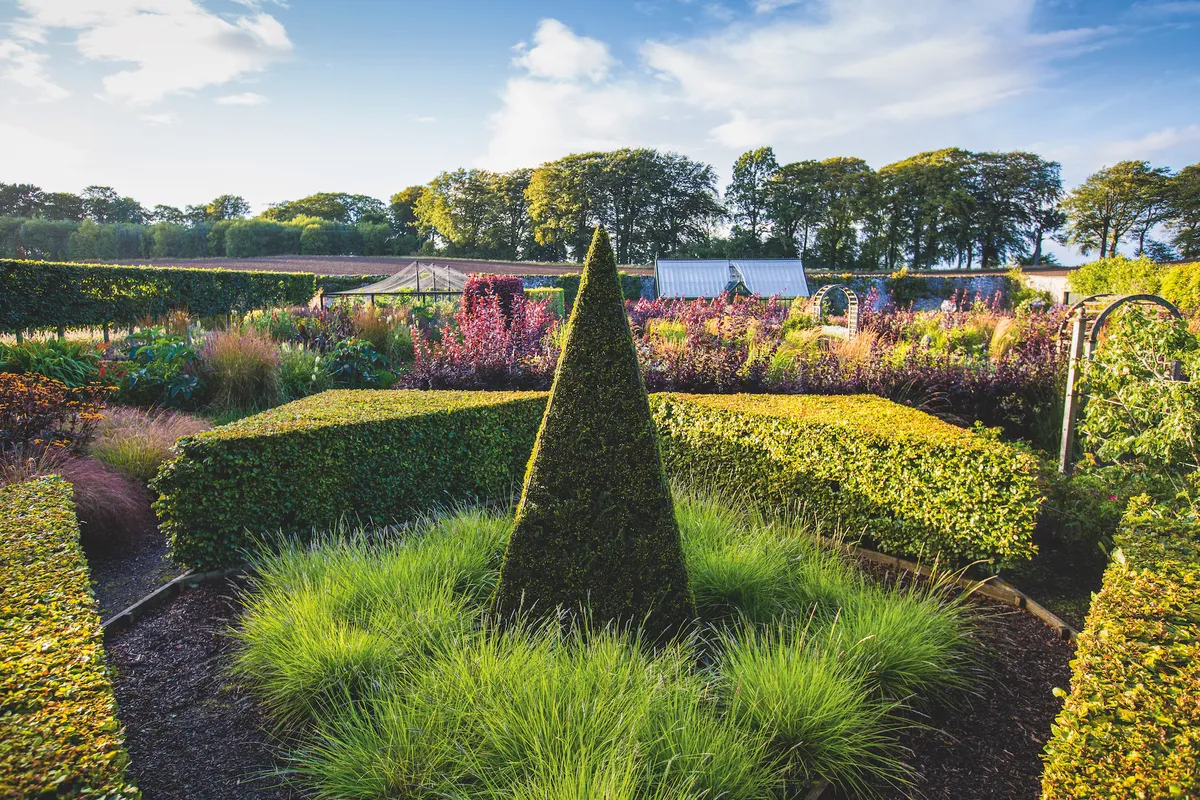
The ideal mixed border should be a great tumult of colour, texture, foliage, light, movement and birdsong. It should entrance and seduce from breakfast to nightcap for much of the year. However, like spaniels, a border likes a bit of routine and order and one of the very best ways to achieve this is through using topiary. Hedges in strong architectural shapes act as a perfect foil to waving perennials; pouting roses would look just as good. Yew or box are the classics but you could also try holly, beech or hornbeam.
5
Add late-season flowers

To extend the flowering life of your garden. To have a garden that looks good in May is a doddle; August is bit trickier. Never underestimate the power of an annual to plug a lacklustre gap. I shied away for years having had a number of unfortunate encounters with bedding lobelias when young and impressionable. Nowadays I would not be without them, in particular Nicotiana mutabilis, cosmos, cornflowers or the glorious Tithonia rotundifolia. You could also try the big-leaved castor oil plant (Ricinis communis) and lots and lots of dahlias.
6
Light up your life
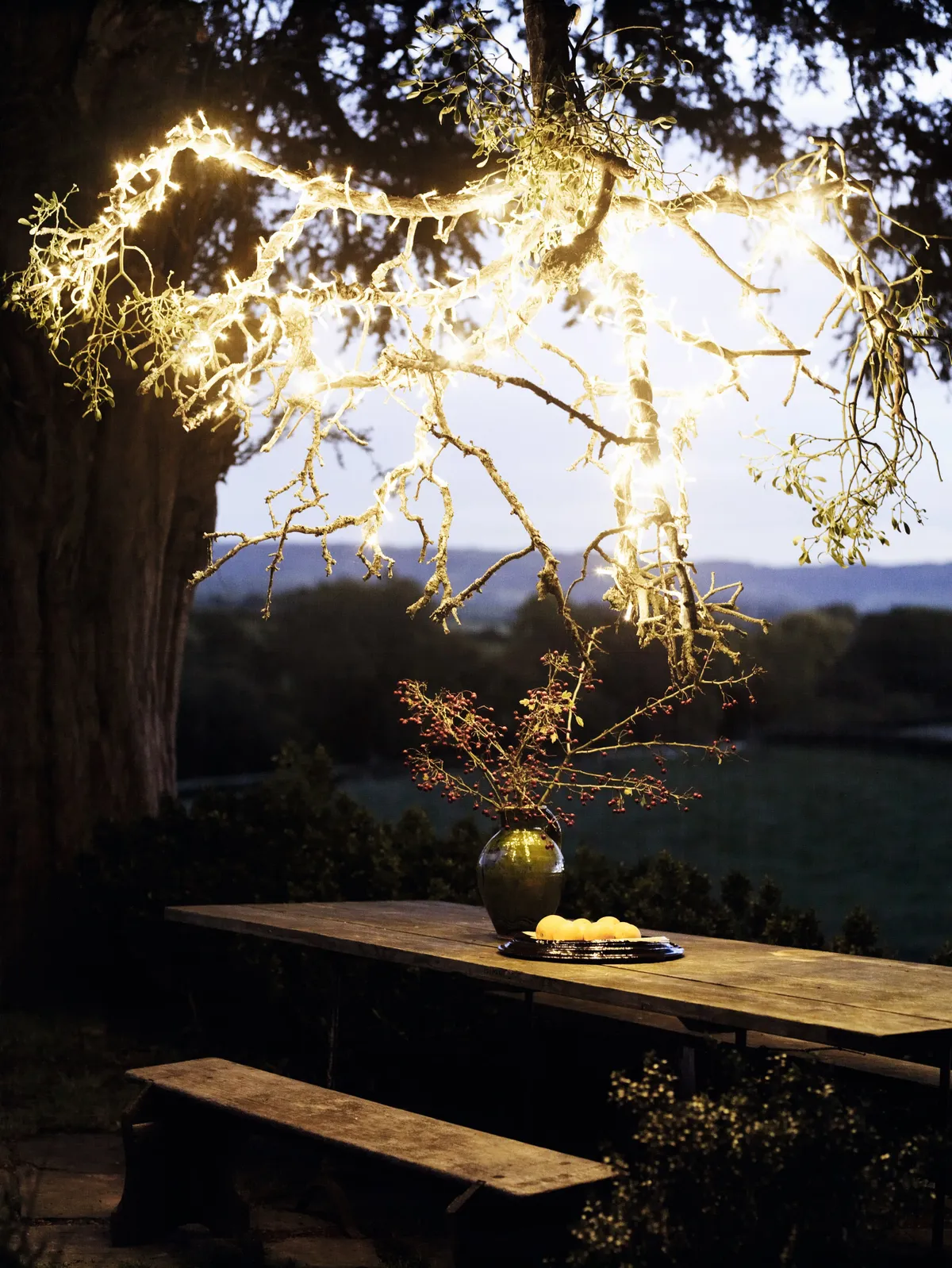
One of the most effective ways to extend the use of your garden is through lighting. Of course the main reason for lighting is to show you where the paths end thus avoiding awkward moments when your guests tumble into the Berberis. But there is little more dramatic than a stark, leafless tree lit beautifully. Its branches form a tracery of shadows against fences and the slightest breath of frost stands out like diamonds in a coal cellar. It is a relatively simple exercise, easily achieved with the help of an electrician.
7
Let the grass grow
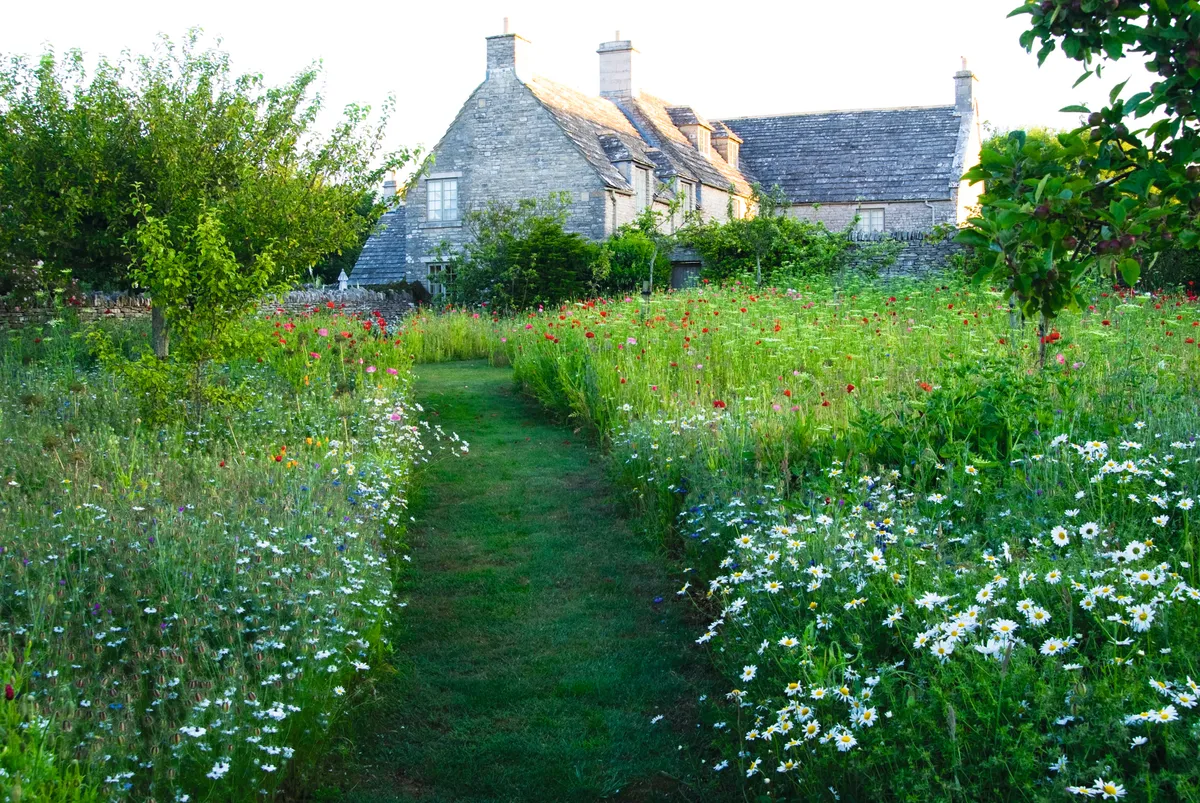
For me lawn mowing is Sisyphean drudgery, to many others the lure of the perfect mown stripe and mole-free sward is a spiritual quest. To those of you, like me, who feel a warm Saturday behind a mower is a warm Saturday wasted, I have a suggestion. Let it grow: let parts of your lawn develop a certain shaggy looseness through which you can mow paths to interesting places. This works particularly well around trees.
8
Use pots

Containers are a bit troublesome. I’m sorry, but it is true. They need lots of watering and feeding and hate you going on holiday. But they add an important element to every garden so do not ignore them. Instead try to ensure that the ones you have are always full of interest. If you want to be hip and cool, try zinc or aluminium; for the more traditional look use good quality terracotta or silvered oak, which both get even better with age.
9
Keep a record

We all have cameras and no longer have to factor in two visits to the chemist and a week’s delay before we see the results. We must use this technology to our advantage by taking photos of our gardens, in particular the bits that do not quite work. I promise you that memory alone isn’t good enough. You will stand there in November and scratch your head as you to try to recall whether the clump of campanula needs to be shifted left or right. Take pictures and make notes, and you can track your highs and lows.
10
Brighten boundaries

We all have fences, walls, hedges or something that defines the edge of our properties. I think the time has come for boundaries to stand proud. If you have a fence, make sure it’s a thing of beauty in its own right. If you have climbers to decorate it, make sure they are healthy and floriferous (perfect for fences are Clematis viticella). If you have a hedge, clip it with love and dedication. And if you have a wall let the bricks be straight and true.
11
Grow a green roof
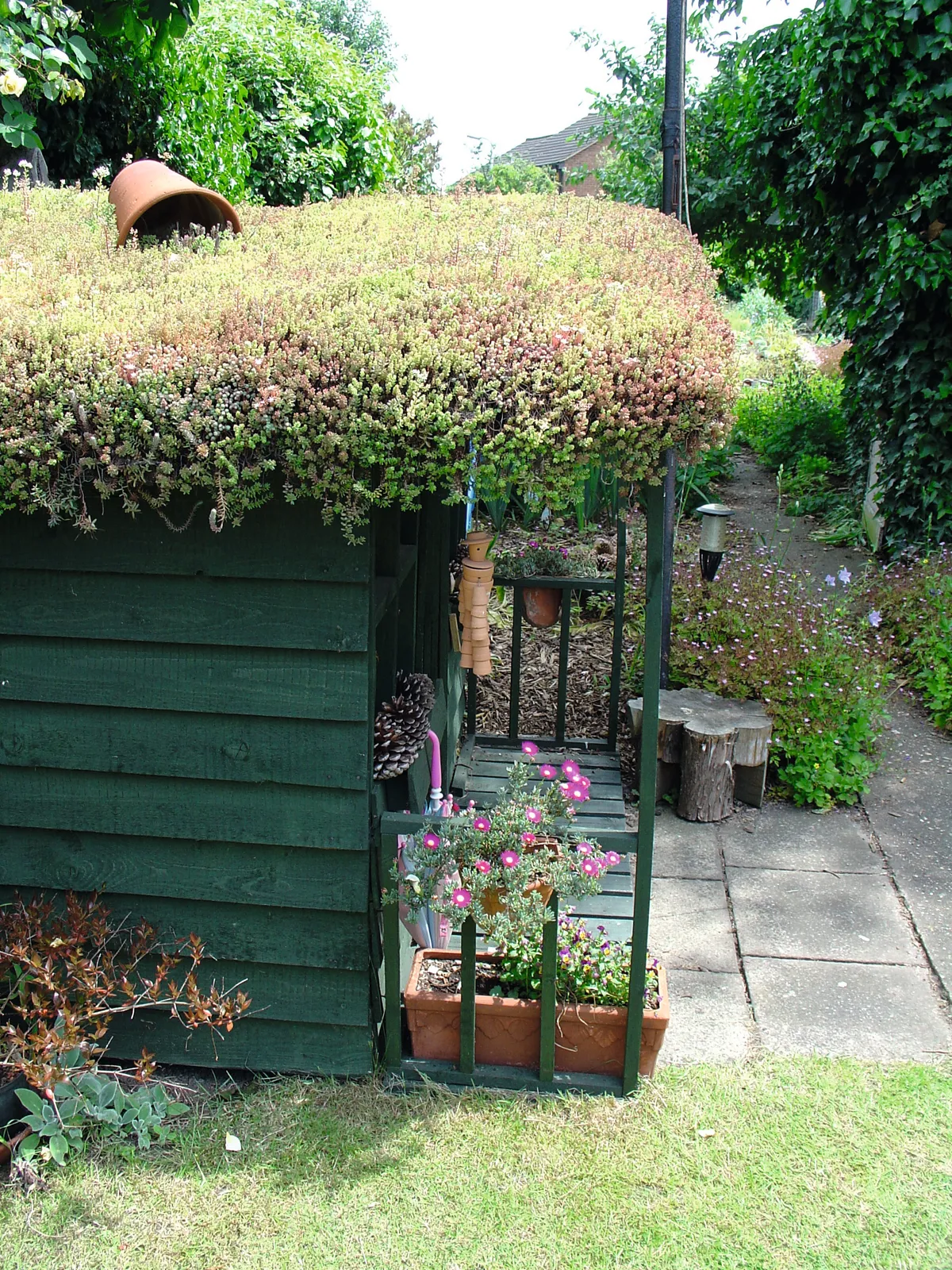
The green wall is not an easy project for the average time-strapped weekend gardener. The green roof, on the other hand, is more straightforward. Any shed, bin store or outhouse is ripe for conversion, provided that it is in good condition and strong enough to take the weight. Plant mat-forming plants such as Sedum rupestre or S. hispanicum, some herbs (thyme and chives) and do not forget Dianthus deltoides.
12
Hang out in a hammock

Gardeners seldom relax: the garden is a very demanding mistress, luring us out of armchairs with the temptation of a weed that absolutely must be pulled right now. This year please try and make time for just looking (glass of wine optional), for there is no point in all this work and worry if you never pause to admire what you have done. Buy a hammock: lie back and watch the buzzing bees do their work.
13
Move your shed

Most potting sheds are tucked away in the nether parts of the garden, usually looking out on to a pile of discarded pots. A lot of time is frittered away in sheds so why
not re-site yours so it is looking at something gorgeous: a view, a border or a quiveringly beautiful tree. If the shed itself is more shabby than chic then it could have a coat of paint and become a folly. Just a thought.
14
Scent your doorway

Imagine this: you are arriving home late, fumbling with the door key when you are suddenly enveloped in scent. It almost makes the prospect of the approaching hangover bearable. Always plant scented stuff next to paths and doors. Christmas box (Sarcococca) and honeysuckle (Lonicera fragrantissima) for winter; sweet rocket (Hesperis) and lilies for summer
15
Water
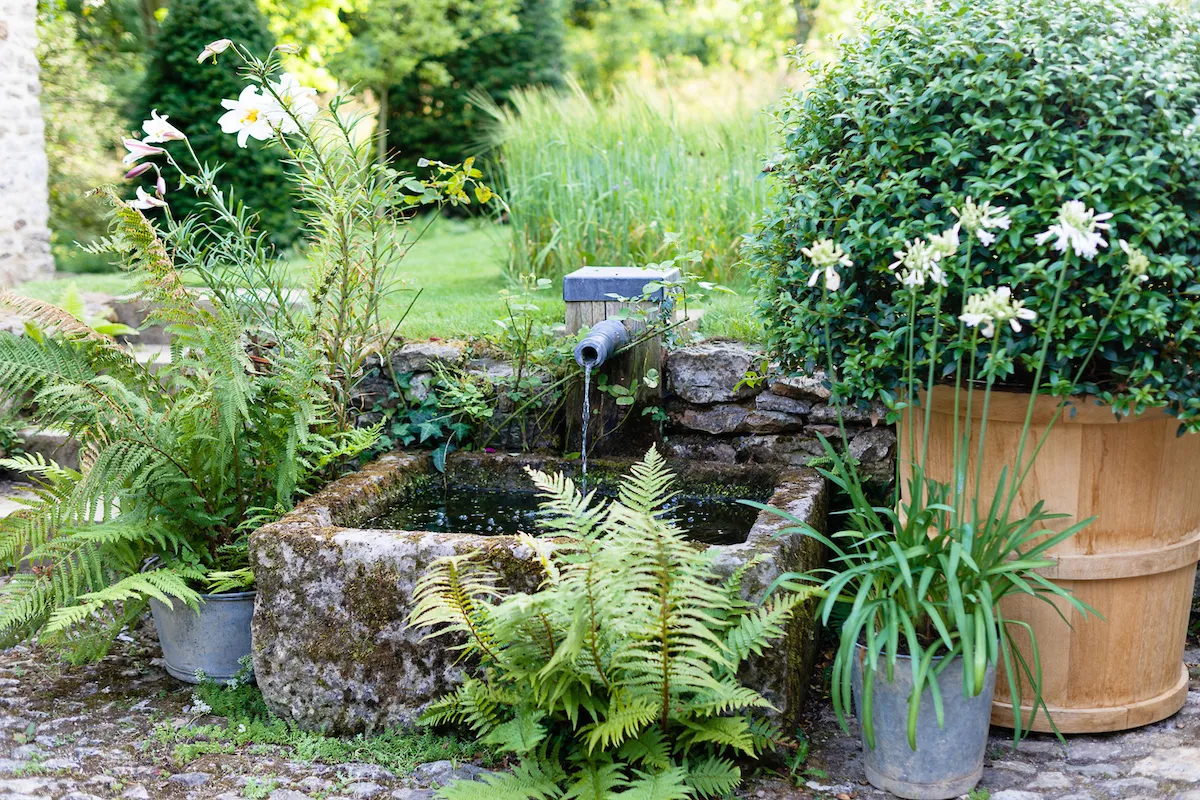
Every garden should have some water, even if it is only a bird bath or small container with a water lily. Formal ponds work well near the house, surrounded by borders or a strip of well-mown grass. Wildlife ponds are best in a less manicured part of the garden: a bit of long grass and overhanging shrubbery gives shade and cover for whatever amphibian or insect chooses to take up residence.
16
Celebrate seedheads

Many of us have by now got used to the idea of leaving most herbaceous plants standing into the winter rather than wading in with the shears as soon as things get a bit tired. Grow plants specifically because they make beautiful corpses: in particular echinaceas, cephalarias, eryngiums, rudbeckias, sanguisorbas and many of the taller grasses. On frosty days they will warm your hearts and the birds will be terribly grateful.